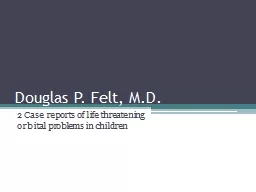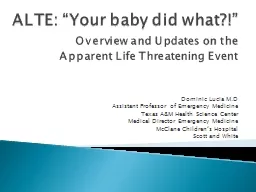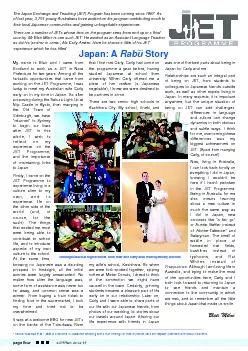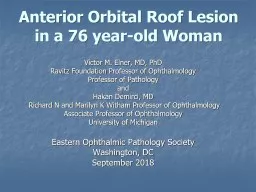PPT-Douglas P. Felt, M.D. 2 Case reports of life threatening orbital problems in children
Author : TheCookieMonster | Published Date : 2022-07-27
History 10 year old girl with 1 day onset swelling around the right eye No pain No change in visual acuity No double vision No discharge Was skiing that day fell
Presentation Embed Code
Download Presentation
Download Presentation The PPT/PDF document "Douglas P. Felt, M.D. 2 Case reports of ..." is the property of its rightful owner. Permission is granted to download and print the materials on this website for personal, non-commercial use only, and to display it on your personal computer provided you do not modify the materials and that you retain all copyright notices contained in the materials. By downloading content from our website, you accept the terms of this agreement.
Douglas P. Felt, M.D. 2 Case reports of life threatening orbital problems in children: Transcript
Download Rules Of Document
"Douglas P. Felt, M.D. 2 Case reports of life threatening orbital problems in children"The content belongs to its owner. You may download and print it for personal use, without modification, and keep all copyright notices. By downloading, you agree to these terms.
Related Documents














